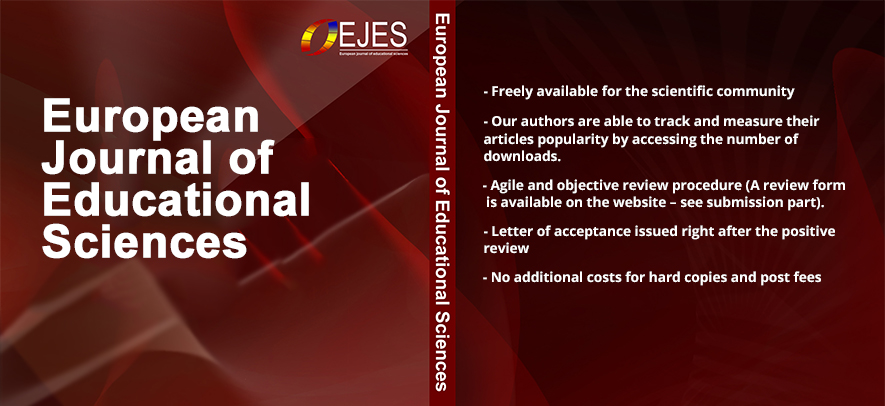Determining Children's Primary School Readiness Level
Determining Children's Primary School Readiness Level
Author(s): Abdullah BaySubject(s): Social Sciences
Published by: European Scientific Institute
Keywords: School Readiness; Preschool; Primary School; Cognitive; Affective.
Summary/Abstract: This study aimed to determine the primary school students' readiness for school and analyze it according to some socio-demographic characteristics Readiness can be defined as having the necessary precondition behaviors and reaching the desired maturity level for the child to be able to learn and develop. The level of readiness of the child is important in achieving the desired goals in education. In the study, the school readiness levels of the first grade primary school students were determined and examined regarding to their personal characteristics. The conducted research contributes to the related literature in the aspect of introducing how ready children in Turkey, which has a different education system and culture, are for school in the beginning stages of primary school. The research was conducted in general survey model, one of the quantitative research methods. 402 students attending the first grade of primary school in Eskişehir province participated in the study. The "Primary School Readiness Scale" (Canbulat & Kırıktaş, 2016) used in the study was filled out by the teachers for each participating student. The children's school readiness levels were examined in the cognitive, affective, psychomotor and self-care skills sub-dimensions of the scale. Descriptive statistics were calculated in the analysis of data, Confirmatory Factor Analysis (CFA) was performed; Mann Whitney U and Kruskal Wallis H test, ANOVA, Scheffe Post-Hoc tests were used. As a result of the research, it was found that primary school readiness levels of the following students' groups were significantly higher (p <0.05): the students who had preschool education compared to the students who had not; the students who are 72-84 months old compared to the students who are 60-72 months old; the students whose mothers' education level are high compared to the students whose mothers have lower education and the students whose fathers are working compared to the students whose fathers are not working. Also, significant differences were found in primary school readiness level of some subgroups in the following dimension: girls areEuropean Journal of Educational Sciences, December 2020 edition Vol.7 No.4 ISSN: 1857- 603681significantly more ready in affective dimension; the readiness of the students whose mother is working is higher in cognitive dimension; and students whose father had a university education and more are more ready in cognitive, affective and psychomotor dimensions (p <0,05). The results obtained from the research were discussed in line with the related literature.
Journal: European Journal of Educational Sciences
- Issue Year: 7/2020
- Issue No: 4
- Page Range: 80-110
- Page Count: 30
- Language: English

